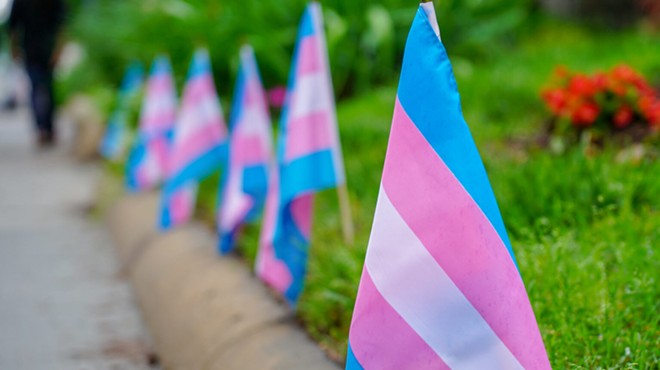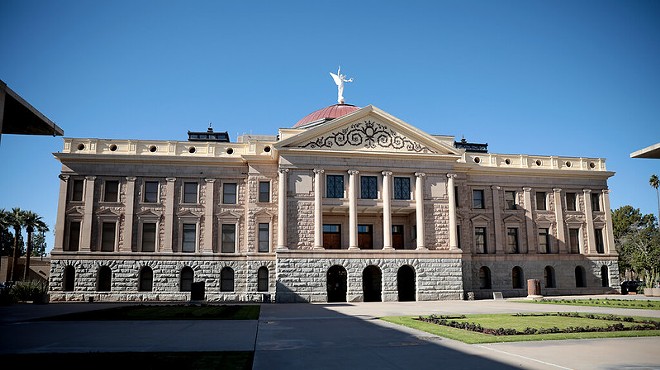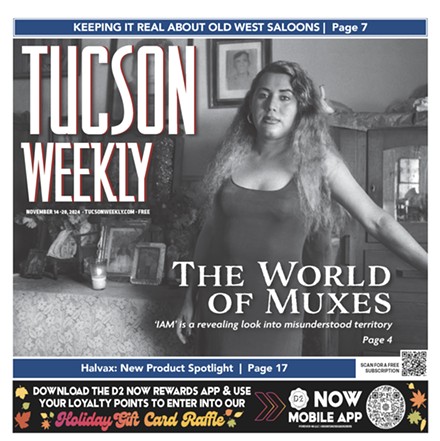Wednesday, July 20, 2016
New Findings in a 'Living River' says Recently Released Report
Living River, a report newly released by Pima County and the Sonoran Institute, reveals that upgrades to water reclamation centers have improved the water quality and surrounding natural environments of the Lower Santa Cruz River. The EPA-funded report has been tracking changing conditions in this part of the river from Oct. 1, 2014 to Sept. 30, 2015.
The Lower Santa Cruz runs year-round through northwest Tucson and Marana and gets much of its water from WRCs Tres Rios and the new Agua Nueva, both of which receive and treat a portion of the over 62 million gallons of sanitary sewage a day seen by Pima County's treatment facilities. The state-of-the-art Agua Nueva, in particular, helps Pima County meet EPA standards of effluent discharges in the Santa Cruz River. This stretch of the river focused on by the report is the largest length of river dominated by effluent (wastewater) in the state.
Since the improvements to Tres Rios and the establishment of Agua Nueva, the report shows improvements to water quality/clarity and a decrease in odor. The report also states that four species of fish now reside in the river, three more than in previous years. Increased recharge of the aquifer, another positive change, means water pollution no longer flows as far downstream as it used to. Areas that saw a reduction in aquatic habitats as a result of this pollution now "appear to be reverting to a more desert-like environment" according to the release.
Regional Wastewater Reclamation Department Director Jackson Jenkins said of the report findings:
“The improved quality of our effluent enhances the environment along the Santa Cruz River and opens up reuse options in our desert community. The river now supports diverse riparian habitat that was not present in the past; and our high-quality reclaimed water can be put to greater use in the community.”The report findings do reveal a decrease in actual river flow, but the increased quality of water is a boon for the wildlife. These facility upgrades have also doubled the amount of water recharging the aquifers in 2015, translating to about 20 percent of the water received by Tucson Water customers.
A quote by Sonoran Institute Ecologist Claire Zugmeyer concluded the release:
“The Living River project is helping to connect people to the river. Outreach efforts associated with the project include community presentations and the Living River of Words, a project that introduces area students to the wonders of a desert riparian habitat and teaches them about this unique resource in our community. This project is a main component of Sonoran Institute’s 25 year history of working on the River as we attempt to reconnect Tucson to this important watershed that has nourished and sustained our community for thousands of years.”An event sponsored by the Pima County Regional Flood Control District and the Sonoran Institute will share report findings with the community on Thursday, July 21, from 6 to 7 p.m. at the Ellie Towne Flowing Wells Community Center (1660 W. Ruthrauff Rd).
Editor's Note: This post has been edited to reflect the fact that the count see 63 million gallons of sanitary sewage a day, not 63 gallons.
Tags: water , treatment , report , findings , river , pollution , Image














